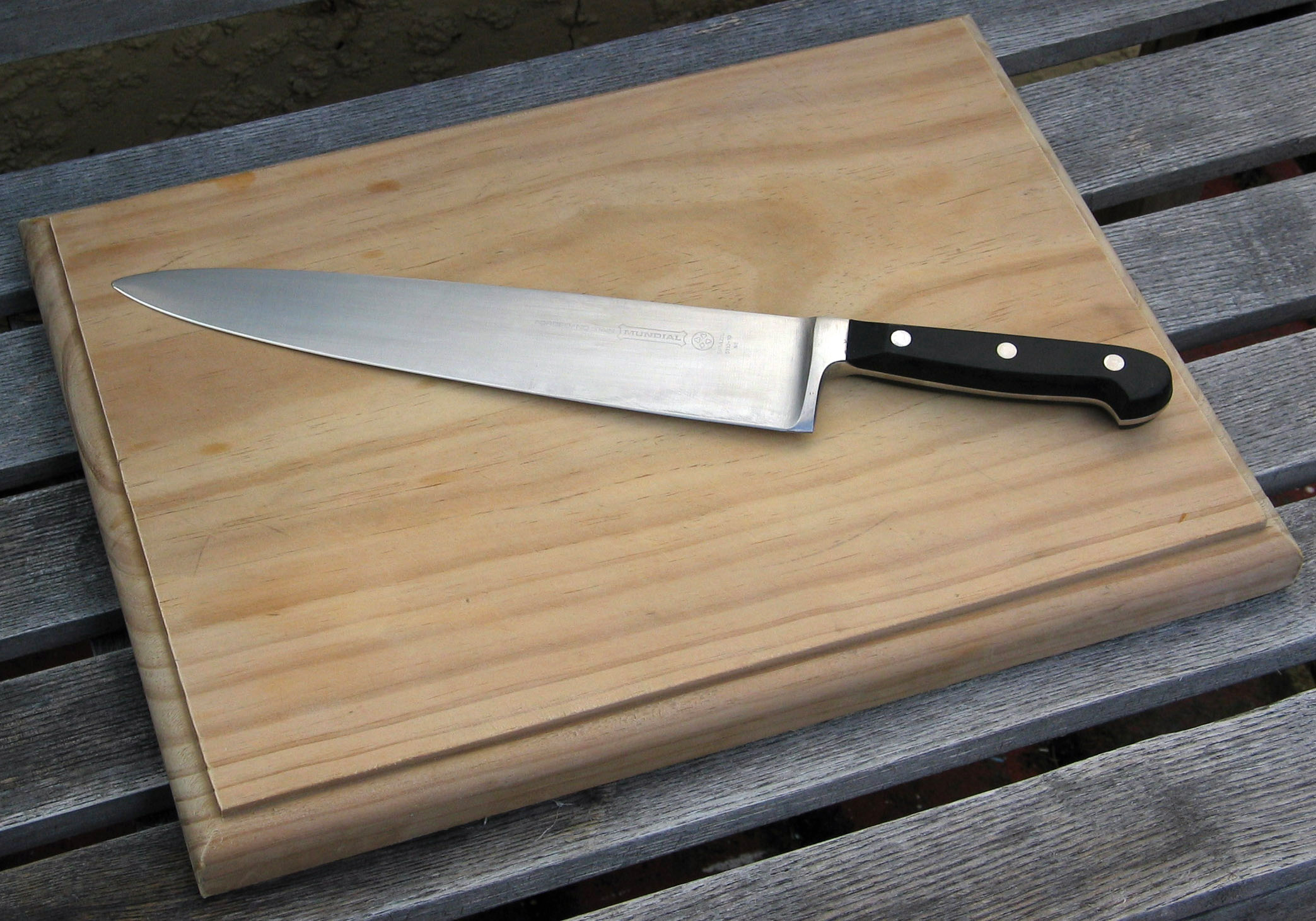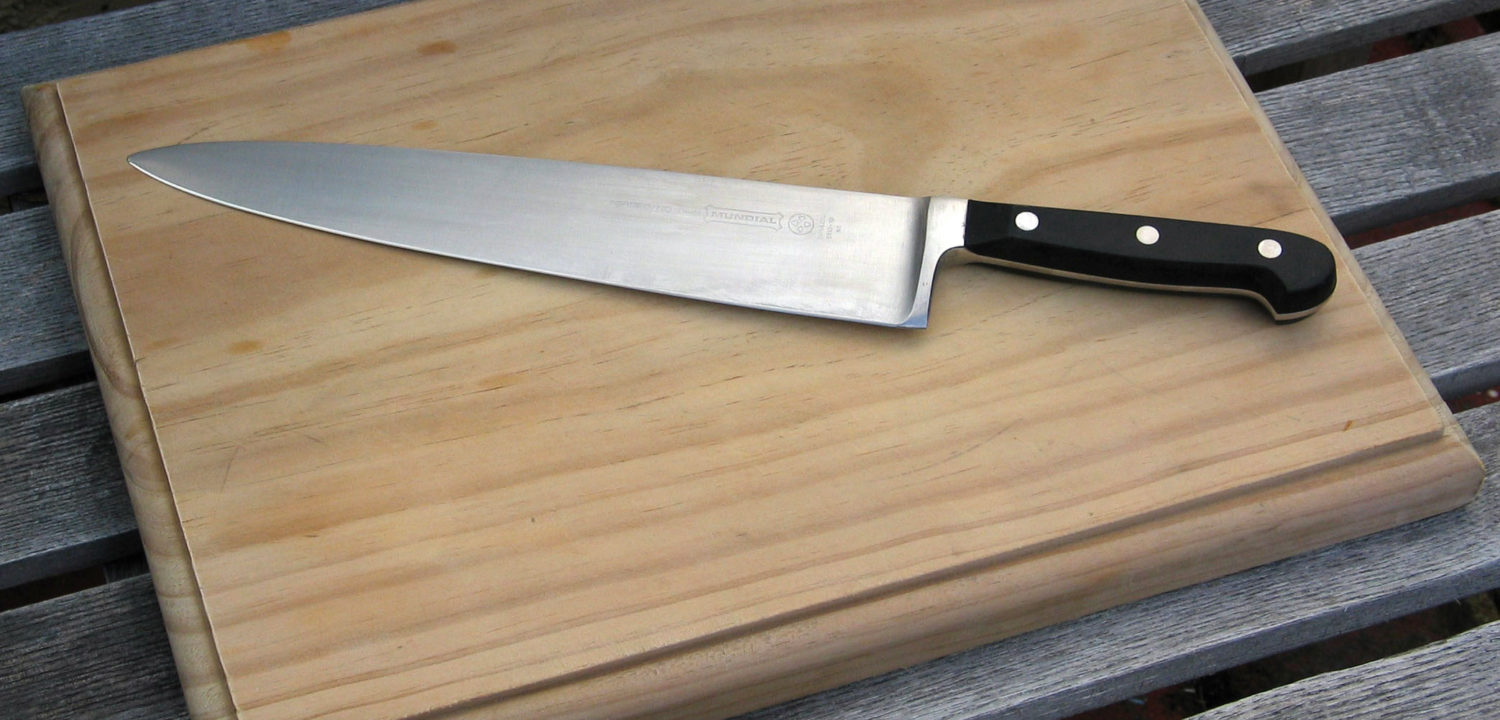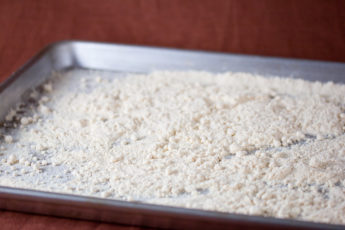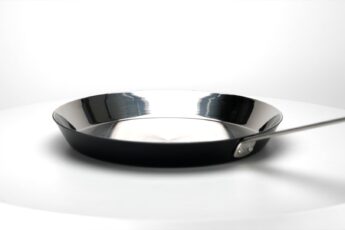Plastic Chopping Blocks Vs Wooden Chopping Blocks
Knives and chopping blocks – two pieces of equipment no kitchen can operate without. And of course, you’re going to struggle to get things done trying to use one without the other!

The thing is though, while finding and using an outstanding knife for any purpose is pretty easy, making the right choice when it comes to chopping boards can be far more difficult. Particularly when it comes to drawing a line between the two most popular materials used for manufacturing chopping boards.
…those being, of course, wood and plastic.
The Pros and Cons
It’s a debate that’s been raging for decades and isn’t likely to go anywhere in the near future at least. A debate that primarily centres on the claim that due to the porous nature of wood, plastic cutting boards must be more hygienic. Which seems to make sense, until you take into account the fact that wood chopping boards benefit from natural anti-bacterial properties.An equal array of studies therefore concluding that it is in fact wooden chopping boards that have the edge.
As such, things begin on a pretty level pegging. Moving on to the subject of general hygiene and cleanliness, you naturally find yourself once again erring the way of plastic chopping boards. As the surface is not porous, it isn’t going to absorb bacteria and dirt while in use. What’s more, decent quality plastic chopping boards can be placed in even the most intense commercial dishwashers for maximum cleanliness and convenience. And after they’ve been washed, they’re also easier to dry – due to the fact that they don’t absorb water.
On the flipside of the coin, arm yourself with a premium quality wooden board and you have yourself a tool that’s capable of standing up to just about anything. Whereas plastic cutting boards can be easily scarred, cracked or damaged – a recipe for harbouring bacteria – this simply isn’t the case with the very best wooden chopping boards. Meaning that in heavy duty environments where excessive punishment is inevitable, plastic may simply not be up to the job. What’s more, quality wooden chopping boards can be as easy to clean as a quick wipe down with soap and water, followed by plenty of time to dry.
Too Close to Call?
The thing is though, each and every one of the above points can only be considered in accordance with the quality of the cutting board in question. Extremes exist at both ends of the spectrum – plastic cutting boards that are practically bulletproof and those that are disposable, wooden cutting boards that are reliable and those that rot after a week’s use.
Which is precisely why in the eyes of public health authorities and food hygiene specialists in general, the race is too close to call. Plastic and wooden chopping boards can be equally safe to use – it all comes down to their quality and how they are looked after, maintained and so on.
So rather than simply assuming one of the two materials is naturally ‘better’ than the other, you might want to first consider both its quality and how you intend to use it.
This article was brought to you courtesy of the team at Row & Sons.




